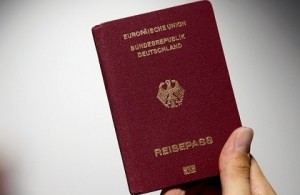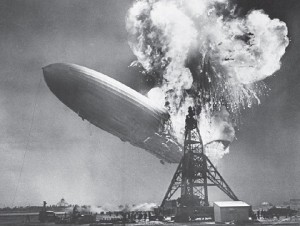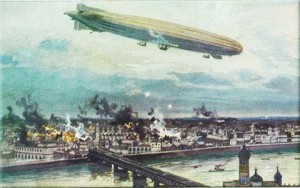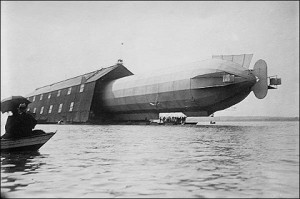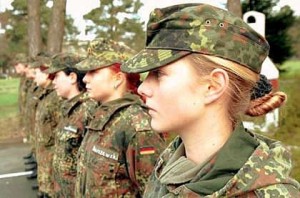Getting German Citizenship is one of the top questions we get so we have decided to summarize the information for those who are willing to get started. The German Foreign Office quite ominously warns on its website that “German citizenship law is relatively complicated” and that they can only answer “the issues which currently dominate the … [Read more...]
Health Care Providers in Germany
Germany's principal health care providers are its physicians, dentists, and three types of hospitals (public, private nonprofit, and private for-profit). The health industry also includes large pharmaceutical companies and the manufacturers of various kinds of medical supplies. Public health departments, which are operated by the Länder, are not an … [Read more...]
Euro Is Here
Euro coins and banknotes came in circulation in 12 participating European countries on January 1, 2002 The banknotes and coins of the single currency of the European Monetary Union entered circulation on January 1, 2002. For the first time since the Roman empire, Europe shares a common legal tender. The launch of the euro, which has been an … [Read more...]
All Facts About Germany
Transportation Future
Transportation Means of the Future ... comes from the past! Not far south of Berlin one can see a fantastic-movie picture: a giant building is standing and sparkling in the sun. This is a hangar where CargoLifter AG produces dirigibles, majestic airships that came into life as Zeppelins, named after their inventor, Graf Ferdinand von … [Read more...]
The Death of the Hindenburg
Hindenburg was a masterpiece of zeppelin design. Equipped with four 1200 hp Mercedes Benz engines, having 245 m in length, about 41 m in diameter and almost 212000 cubic meters of gas volume, she still holds the record of the largest airship ever built and flying. She can be truly called the Titanic of the aircraft. Although the Hindenburg is most … [Read more...]
Zeppelins the Bombers
Zeppelins became the frightful reality of WWI. The huge ships carried and dropped the bombs on France and Britain, and there was no defense against the midnight raids of the monsters. The cruising speed of the zeppelins was comparable to the airplanes of the enemies, and the great area allowed lots of guns bristling out of an airship, so it was not … [Read more...]
Zeppelin Airships
On July 2, 1900, the first Zeppelin airship took its maiden flight over the Lake Constance near Friedrichshafen. Its creator, Count Ferdinand von Zeppelin, spent two years and all his resources to build the giant - 125 m in length and about 12 m in diameter - cigar-shaped airship equipped with two 14.7 hp Daimler engines. During the construction … [Read more...]
German Nationality Law
On January 1, 2000 a new nationality law came into force in Germany. This law will help foreigners living in Germany to become German citizens. According to the new law, "At the heart of the reform is the supplementing of the traditional principle of descent (jus sanguinis) by the acquisition of nationality by birth. For children born in Germany of … [Read more...]
Women in German army
Küche, Kirche, Kinder, ... Krieg? Women have been for the first time admitted into combat units of German army Germany was the last of the European countries that allowed women to join the fighting units of the Bundeswehr. Since 2001, the women serve in the armored corps of the army, fighter aircraft and navy, including submarines. They do not … [Read more...]
